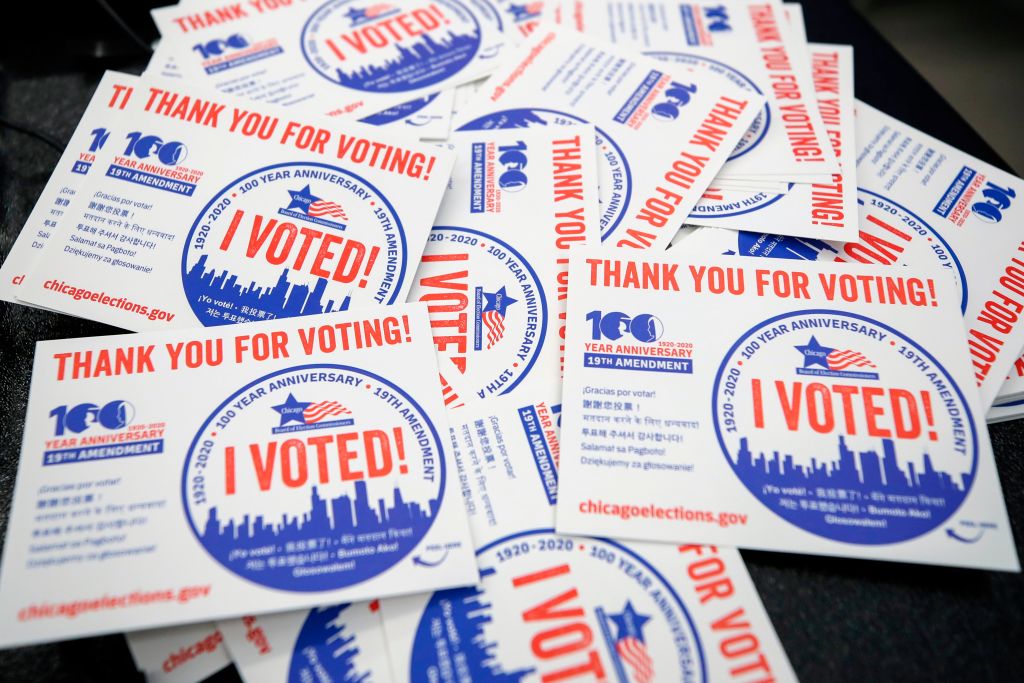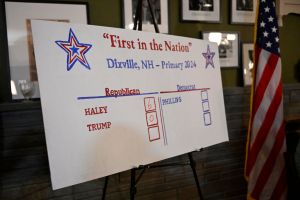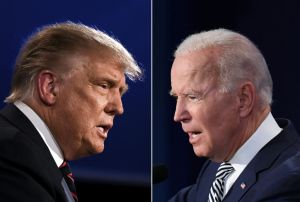The media is ablaze with worry. Thanks to COVID, Americans, especially Democrats, are voting early and absentee in record numbers. The press is convinced that states will be swamped by this flood of votes. As a result, the theory goes, Donald Trump will be ahead on the night of November 3, only to see his lead erode over the coming days and even weeks, fueling skepticism of the electoral process. The uncertainty will motivate street violence and a constitutional crisis. While there are some reasons for concern, these worries are overblown. States will do a better job tabulating votes than the received wisdom holds and, if past elections set the precedent, Americans will behave themselves. In the overwhelming majority of American states, including in key swing states, election officials will count the votes quickly and effectively. Even if the election turns out to be incredibly close, we should know who won in fairly short order. If the two campaigns choose to contest the election, they will do so through the courts and against the backdrop of a perceived winner based on a combination of early and Election Day votes. There are two parts to absentee voting: validation and tabulation. Early in-person votes are validated when a voter shows up to the polls — usually a county courthouse or some similar location. However, mail ballots require officials to open envelopes and match the signatures on each voter’s affidavit with that voter’s signature of record. That’s a labor-intensive process that takes a long time. Fortunately, most states begin the process of validating mail ballots early, meaning that by the time Election Day rolls around, automated tabulation is all that remains. Tabulation takes very little time. Severe delays are therefore likely only in states that prevent officials from validating votes until, on or very close to Election Day. Several key swing states have a combination of experience with high rates of mail voting, and systems in place to begin validation and even tabulation well ahead of time. Florida, where large swathes of voters have been voting by mail for years, begins validating and tabulating absentee ballots more than three weeks before Election Day. Arizona, Colorado, and North Carolina do likewise two weeks early. Georgia, Minnesota, and Ohio tabulate after the polls close, but their votes will be prepared and ready for a machine count. Texas does too, but allows jurisdictions with more than 100,000 residents to start tabulating early. These states will not see a disproportionate Election Day Trump lead whittled away by a slow roll of absentee votes. Even within states that do absentee voting well, some local jurisdictions will be incompetent and slow. Broward County, Florida will likely live down to expectations, though election analysts should be able to make informed extrapolations based on the raw vote numbers there even before the official count. The real problem, such as it is, rests in states that wait to start the process until Election Day or close to it. Maine starts the validation process four days before Election Day. Nevada verifies signatures ahead of time, but envelopes cannot be opened until Election Day. Montana does likewise, but will start opening and tabulating on November 2. These states should still be fine, but results may roll in late on Tuesday night or in the wee hours of Wednesday morning. That will hardly be cause for rioting. If trouble arises, it will unfortunately rear its head in the swing states of the Upper Midwest that decided the race in 2016. Iowa, which is seeing more than double the normal number of absentee ballots in some of its larger counties, begins signature validation the day before Election Day. Things are worse in Michigan, Pennsylvania, and Wisconsin, where validation can only begin when the polls open. It could take a long time to get final counts in these states. Throw New Hampshire in with this group, and we have reason to expect some late-arriving returns in key states.
[special_offer]
Nonetheless, we will hardly be flying blind. Election forecasters can compare across states and across time to extrapolate meaningful results based on the total number of votes cast before a single tabulation result is released. Returns from Ohio and Minnesota will be useful in estimating outcomes in other Midwestern states. Within states, matching overall turnout numbers in highly partisan precincts to the outcome four years ago will give us some sense of how close the statewide races are likely to be. Which brings us to the final reason to relax. The outcome of the election will only be in doubt if it is extremely close. If that happens, it will go to the courts regardless of heavy absentee balloting. Just as in 2000, the year of the notorious hanging chad, armies of lawyers from both parties will be unleashed on critical counties to try to push the margin one way or another. This juridification of the process is a concomitant of modern elections and not, as some commentators have opined, an attempt at election theft. As in 2000, when both candidates declared victory and the post-election mess dragged on until mid-December, the courts, not the streets, will be the arena of partisan battle. In any event, a close election will not precipitate a constitutional crisis — however much so many pundits seem to hope it will.Watch


















